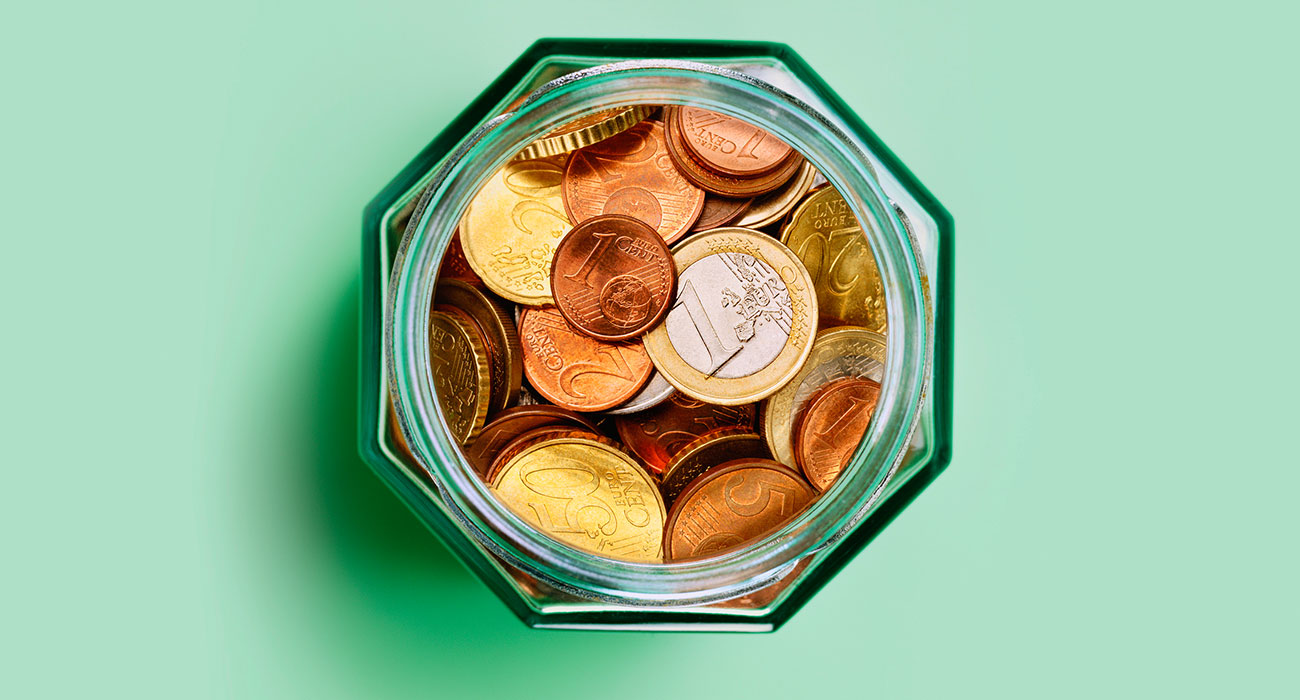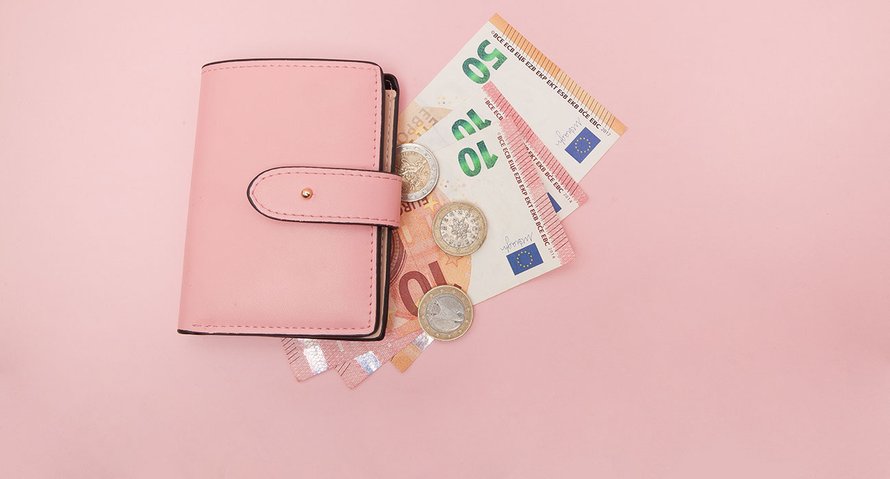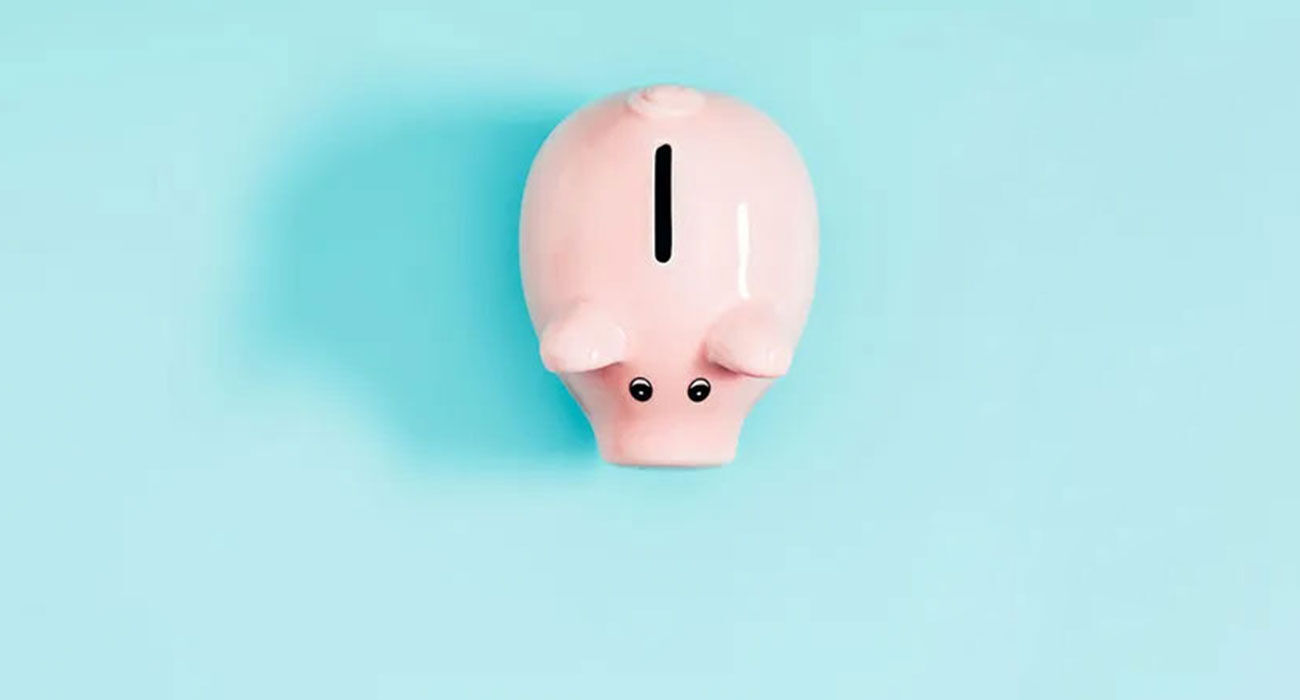Giving pocket money to your child: you need to know this
Image: Shutterstock
When, how often and how much? Search online for ‘pocket money for your child’ and you will find sixteen hundred different websites with dozens of tips. Can’t see the forest for the trees anymore? Don’t worry: we list the most important facts for you.
Contents
When do you start?
The best time to start with pocket money is six years old, the age at which your child also learns to count. In addition, your child will also know that there are different coins – each with its own value. Pocket money is still very accessible at this age, it is about fifty cents a week. You slowly increase that amount as your child gets older – around the age of twelve you are at € 3 per week. Just check what your child has to buy with his pocket money – if that also includes gifts or subscriptions, then it is fair to increase the amount slightly. Also agree on this in advance and put the agreements on paper.
How much do you give?
We mentioned it above, that you start with about fifty cents and around twelve years you end up at about three euros a week. Nibud has made a handy overview of what amounts are in between – you don’t have to think about it:
- 6 years > 1 to 1.40 euros
- 7 years > 1 to 2 euros
- 8 years > 1 to 2 euros
- 9 years > 1,10 to 2 euros
- 10 years > 2 to 2.30 euros
- 11 years > 2 to 2.30 euros
- 12 years > 2.30 to 3 euros

Fixed price
You may not think about it at the same time every week, but it is useful to set a fixed day for the pocket money. This way your child knows exactly when he will receive his pocket money and he can take it into account with his expenses – if you normally give pocket money on Saturdays, he cannot buy something on Friday afternoon if the money is not yet there. Just like with a monthly salary, actually.
Save
Pocket money is something to learn from: how much do you spend, and on what? Do you actually give it all out, or do you keep some too? The latter is quite sensible, because your child will really benefit from saving later. In this way he learns that it is useful to have money on hand in case something breaks. And that it pays to set aside money if you are saving for a larger and more expensive goal – a new box of Lego or game console, for example. Let your child set aside about ten percent of the pocket money – then there is some savings and he can choose what he buys with the remaining amount.
Wrong, thanks
You already know, your child might not (yet): you can only spend your money once. Does your child regret a purchase? Oh, that sucks. But still good, because educational. Your child now also knows: next time he will make a different choice.
Hand of cash
If your child is still a bit smaller, physical money is more manageable – your child sees exactly how much money he gets, what is in his piggy bank and thus learns the value of money. Also vary in coins. For example, you give fifty cents twice one week and one euro the following week. This way your child learns the difference in value between the coins.

Pay digitally
In more and more schools you can hardly pay cash anymore – and that also applies to sports clubs and music associations. Handy, therefore, to teach your child how he pays digitally and what impact it has on his balance – view the balance in the app after the purchases have been made. How much is left in the account now? You can open a Junior account with ASN Bank from the age of six. Your child can then save money themselves, use their own debit card to pay with their own debit card and use an app to see how much money is in the account. In this way he learns to handle a payment account safely and responsibly. As a parent, you can monitor and transfer money via ASN Online Banking or the app. Also nice: being red is not allowed. Moreover, maintaining the ASN Junior account is free*. The great thing about ASN Bank is that it is a sustainable bank. This means that they only provide loans and investments to countries, companies and organizations that promote sustainability. A pleasant thought.
Want to read more tips about children and money? Click here.
*You sometimes pay other costs, for example if you pay outside Europe or withdraw cash with your debit card.
This article is a collaboration with ASN Bank.



